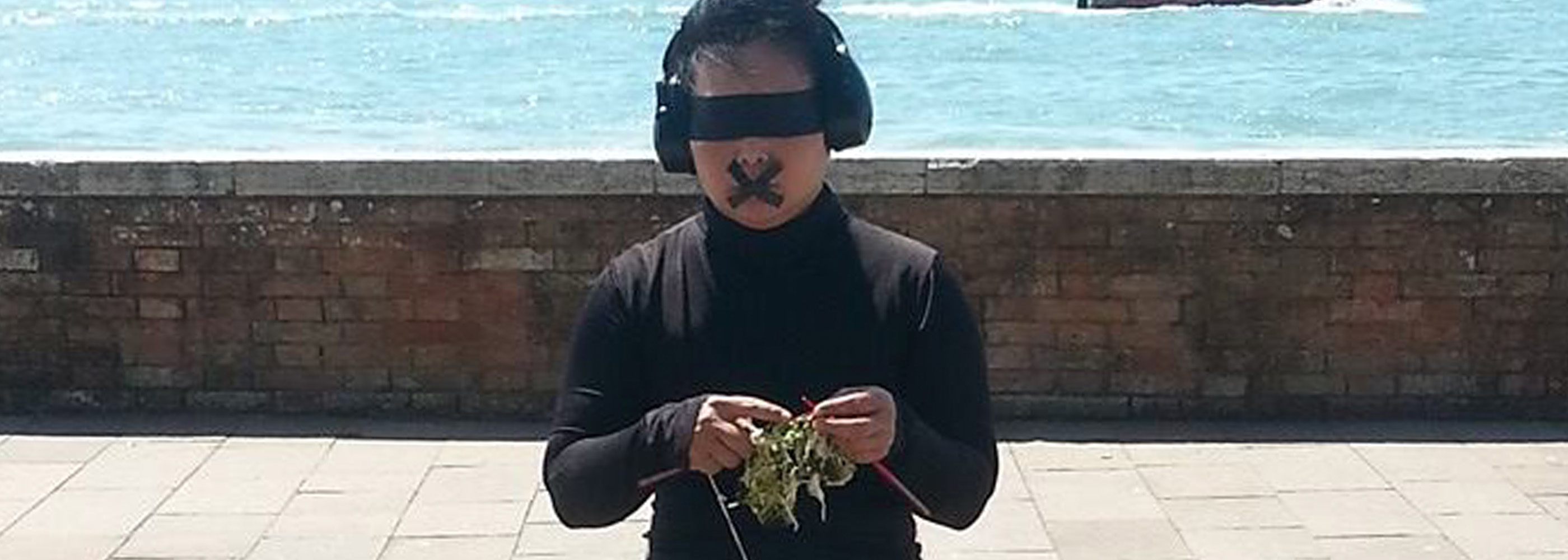
PERFORMANCE ART
Performance art grew out of the notion and appreciation of process and action in painting and art that permeated the 1950s, following Paul Valéry's theory of poiesis, popularised by Harold Rosenberg's notion of action painting, and illustrated by Hans Namuth's photographs and films of Jackson Pollock in the act.
The action, the doing, was added to the object as a quality to be aesthetically and conceptually appreciated, and was first visually articulated in 1955 by the Japanese artist group Gutai, in particular Akira Kanayama, Saburo Murakami, Kazuo Shiraga and Atsuko Tanaka. They were followed a few years later by the Happening movement, which developed on both sides of the Atlantic in New York and Paris, with Allan Kaprow, Yoko Ono, Wolf Vostell, Claes Oldenburg and Jean-Jacques Lebel. A movement that was continued by Fluxus led by George Maciunas, Alison Knowles, Dick Higgins, Nam June Paik and, of course, Joseph Beuys, and in Vienna by Günter Brus, Hermann Nitsch, Otto Muehl, Rudolf Schwarzkogler, Valie Export and Peter Weibel.
What is now called performance art was coined by Joseph Beuys as action art, a name used by most other artists in succession, and has developed over the years as a genre in its own right. A live action can take place in any setting or space, for any length of time, and is based on human action with objects, concept, duration, presence and location. It can only be experienced live or visualized through its documentation in photography and video. Prolific pioneers of performance art include, in addition to those already mentioned, artists such as Yves Klein, James Lee Byars, Chris Burden, Marina Abramovic, Ulay, Carolee Schneeman, Ana Mendieta, Nigel Rolfe, Tehching Hsieh and Vito Acconci, among others.